Crocus Media, Nutritional Origins, Herbs and Spices
Herbs and Spices

Curry leaves and its bioactive compounds which benefit to health
Curry leaves are a popular herb used in Indian cuisine, famous for their unique flavor and aroma. This leaf contents antioxidants like flavonoids, phenols and plant sterols that gives them powerful anti-inflammatory and anti-cancer properties, which makes curry leaves an excellent addition to your healthy diet.
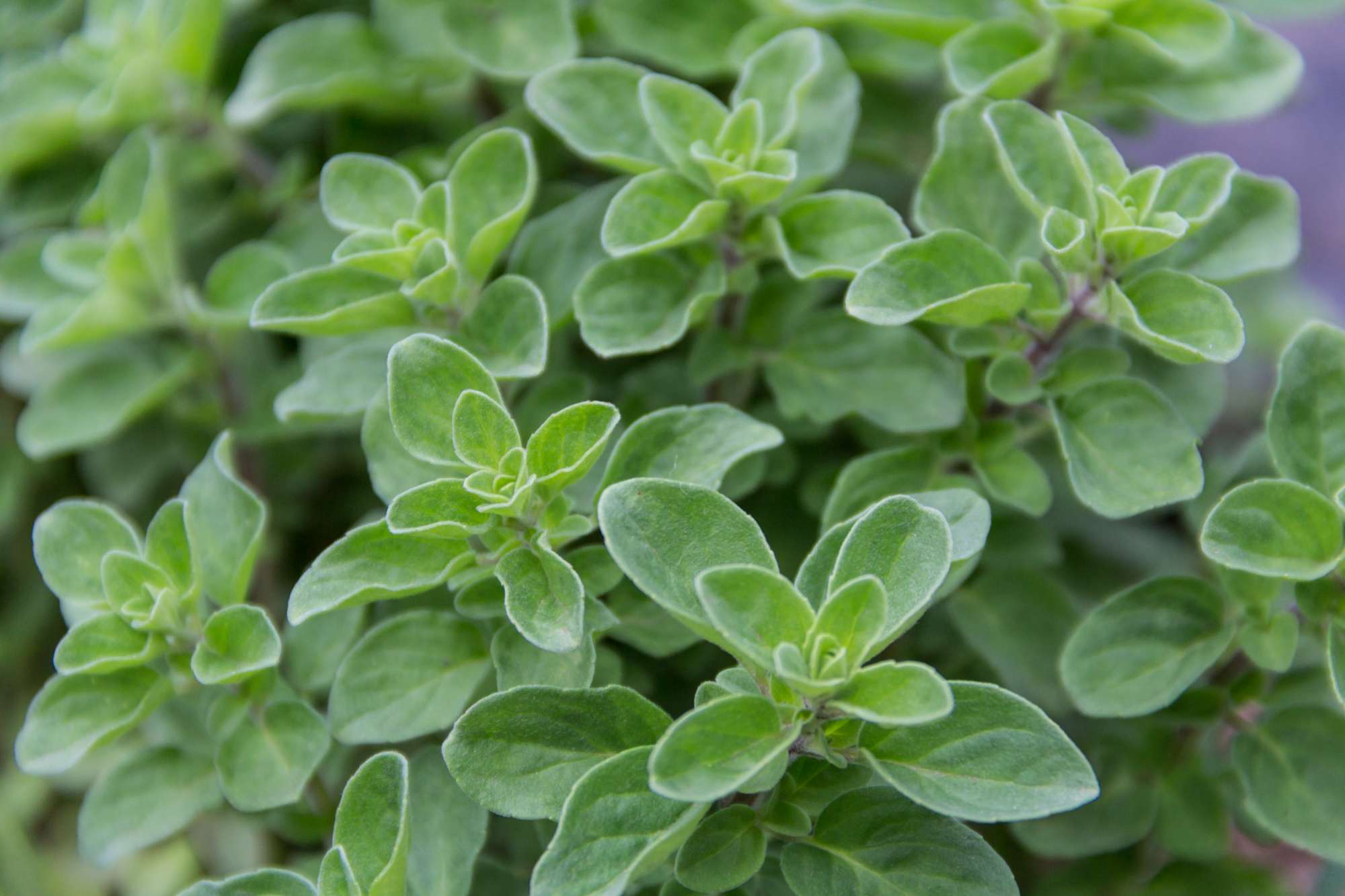
.jpg)
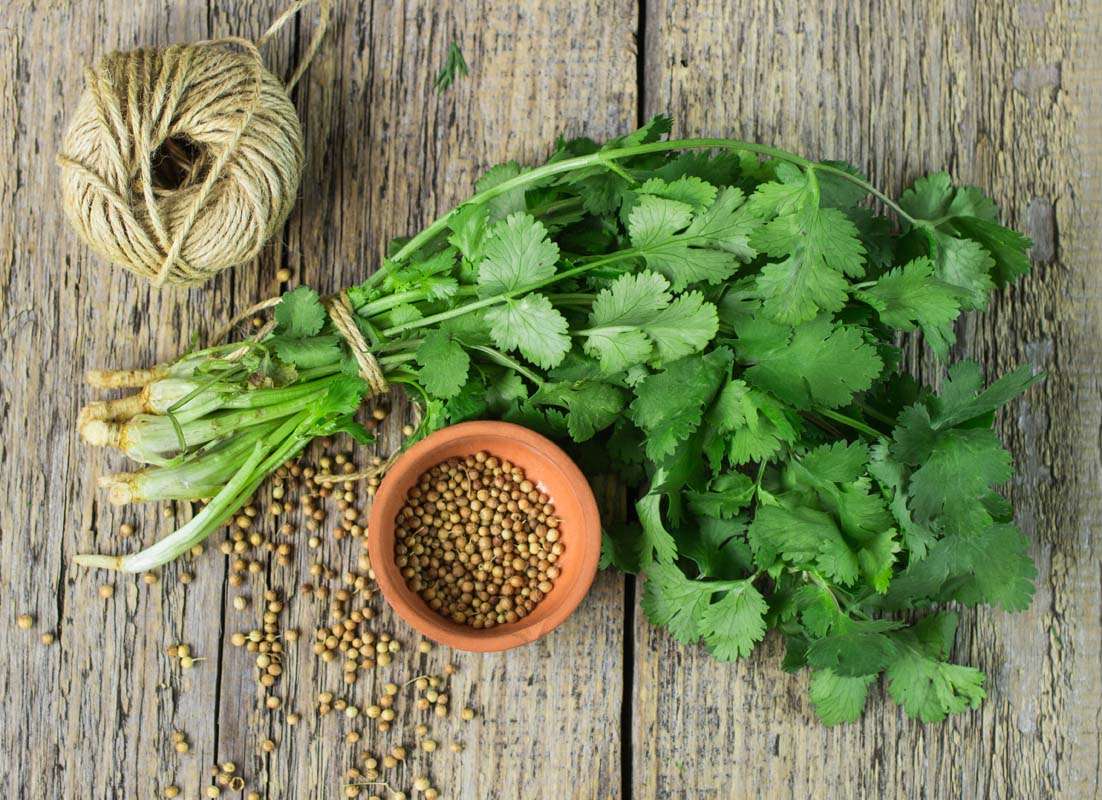
Nutritional content in Cilantro and Coriander
Cilantro and Coriander are a pleasant-smelling herb that has many culinary uses and health benefits. It can help lower blood sugar, fight infections, and improve heart, brain, skin, and digestive health. Although they share the same stem, but its leaves, seeds, and roots have different names. Even the nutritional structure and taste are also significantly different.
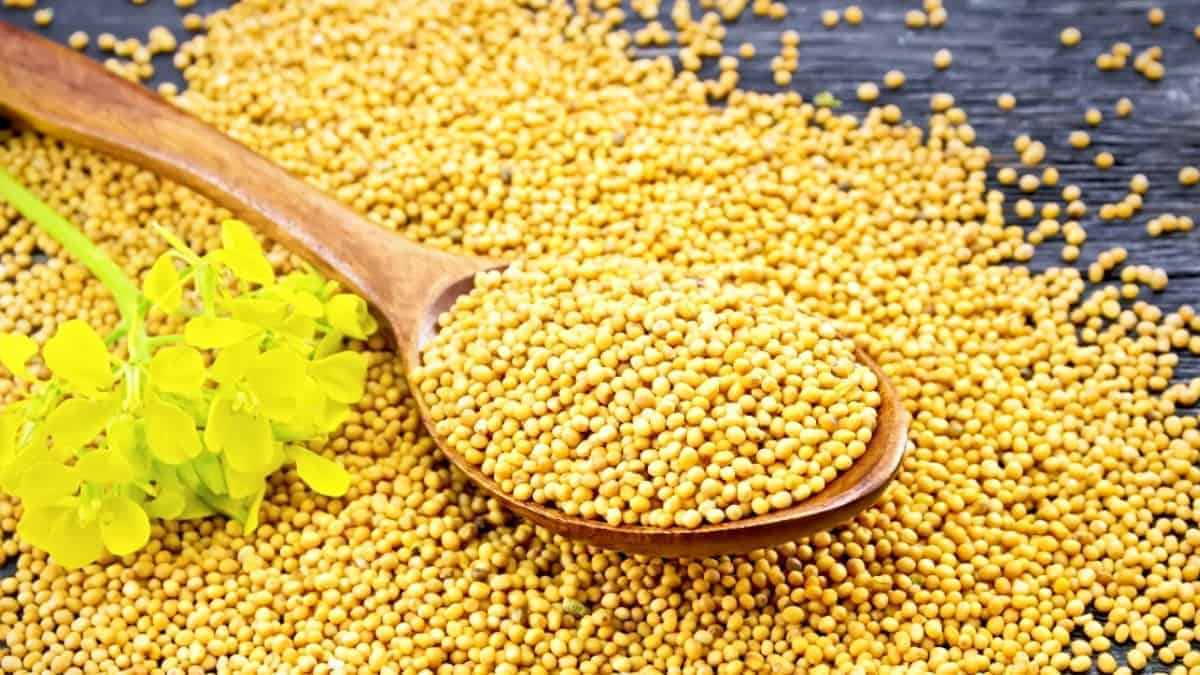
Mustard, a low-calorie and nutritious spice
Mustard is a spice made from the mustard seeds of the mustard plant. It enhances the taste of food, making your meal more delicious. In addition, mustard seeds are low in calories but rich in minerals, vitamins, and other plant compounds that have health benefits.

Pepper,one of the most used spices in the world
Peppercorn is considered the most used spice. Not only in cooking, but thousands of years ago, traditional medicine, folk medicine has used peppercorn due to its compounds, especially its active ingredient piperine which may protect against cell damage, improve nutrient absorption, and aid digestive issues. However, peppercorn is hot, consuming too much can lead to gastrointestinal side effects. Therefore, everyone should learn about peppercorn, including its nutrition facts, health benefits and potential risks.

Cumin Seeds are rich in flavonoid compounds
Cumin has been used for centuries as a flavoring agent. People all over the world use cumin as a spice in food and extract its oil to make perfume. There have been many modern studies confirming a number of health benefits, including promoting digestion, reducing food-borne infections, promoting weight loss, and improving blood sugar and cholesterol control.
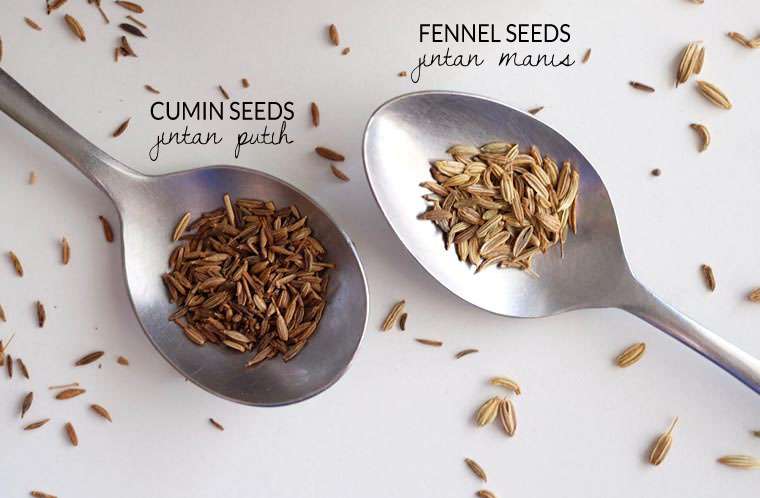
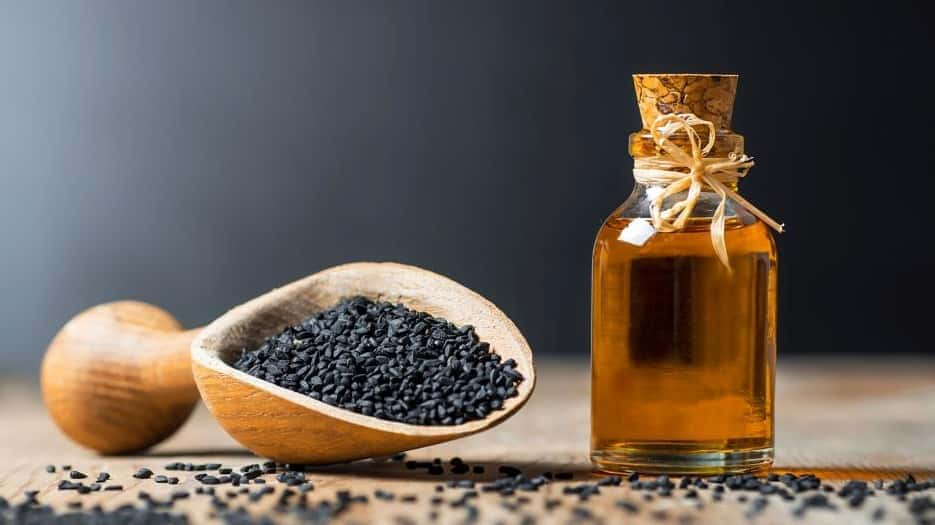
Black cumin and 9 impressive health benefits that will make your life better
Black cumin also known as nigella or by its scientific name Nigella sativa or kalonji. It belongs to the buttercup family of flowering plants. It grows up to 12 inches (30 cm) tall and produces a fruit with seeds that are used as a flavorful spice in many cuisines. In addition to its culinary use, kalonji is known for its medicinal properties. In fact, its use can be traced back several centuries as a natural remedy for everything from bronchitis to diarrhea.
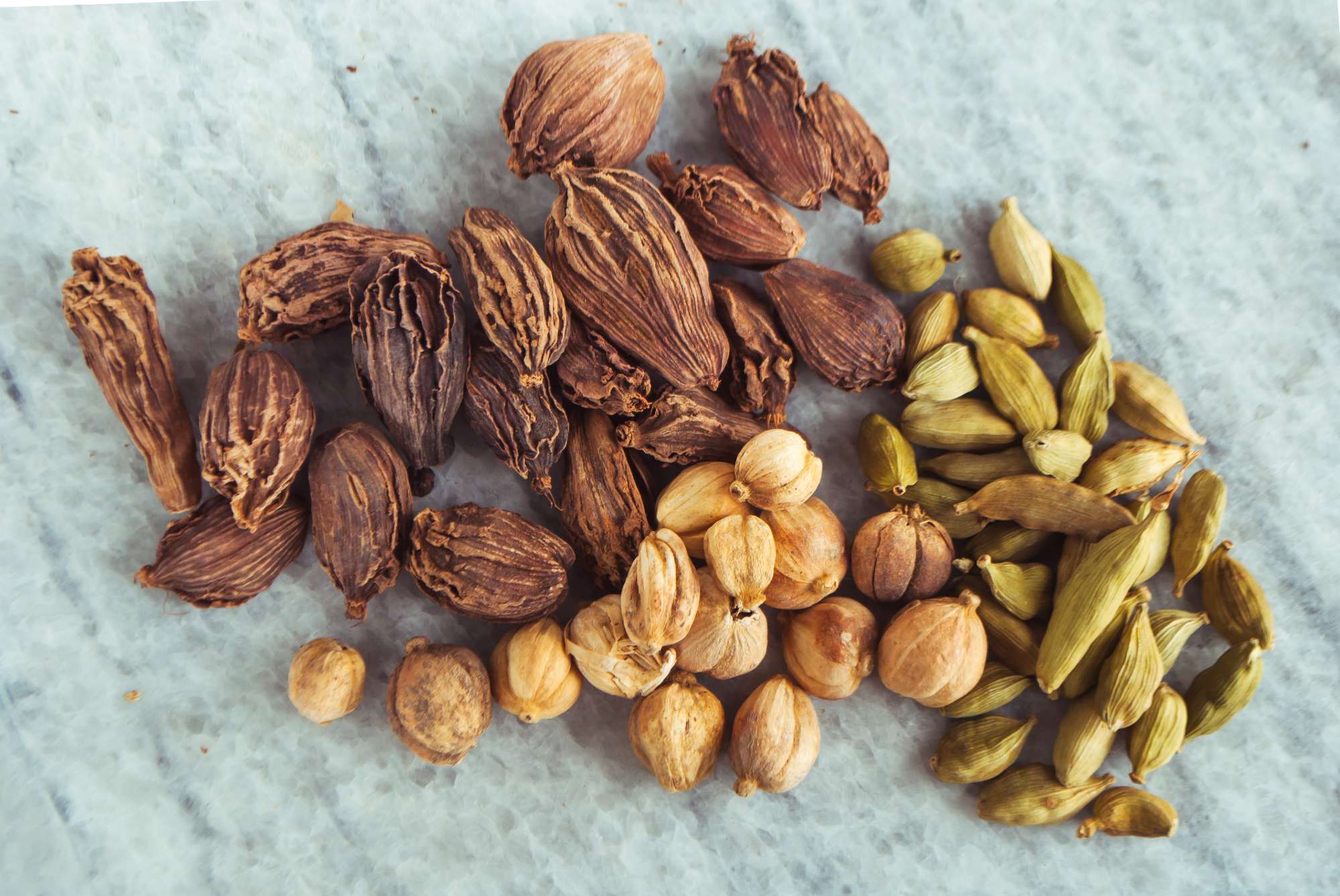
Black and Green Cardamom
There are two types of cardamom. The Green cardamom and the Black Cardamom. In market, there is also white cardamom which is a bleached version of green cardamom, so white cardamom is not as fragrant as the original version. Both of them, Black cardamom and Green Cardamom vary widely not just in their looks, but also in their taste.
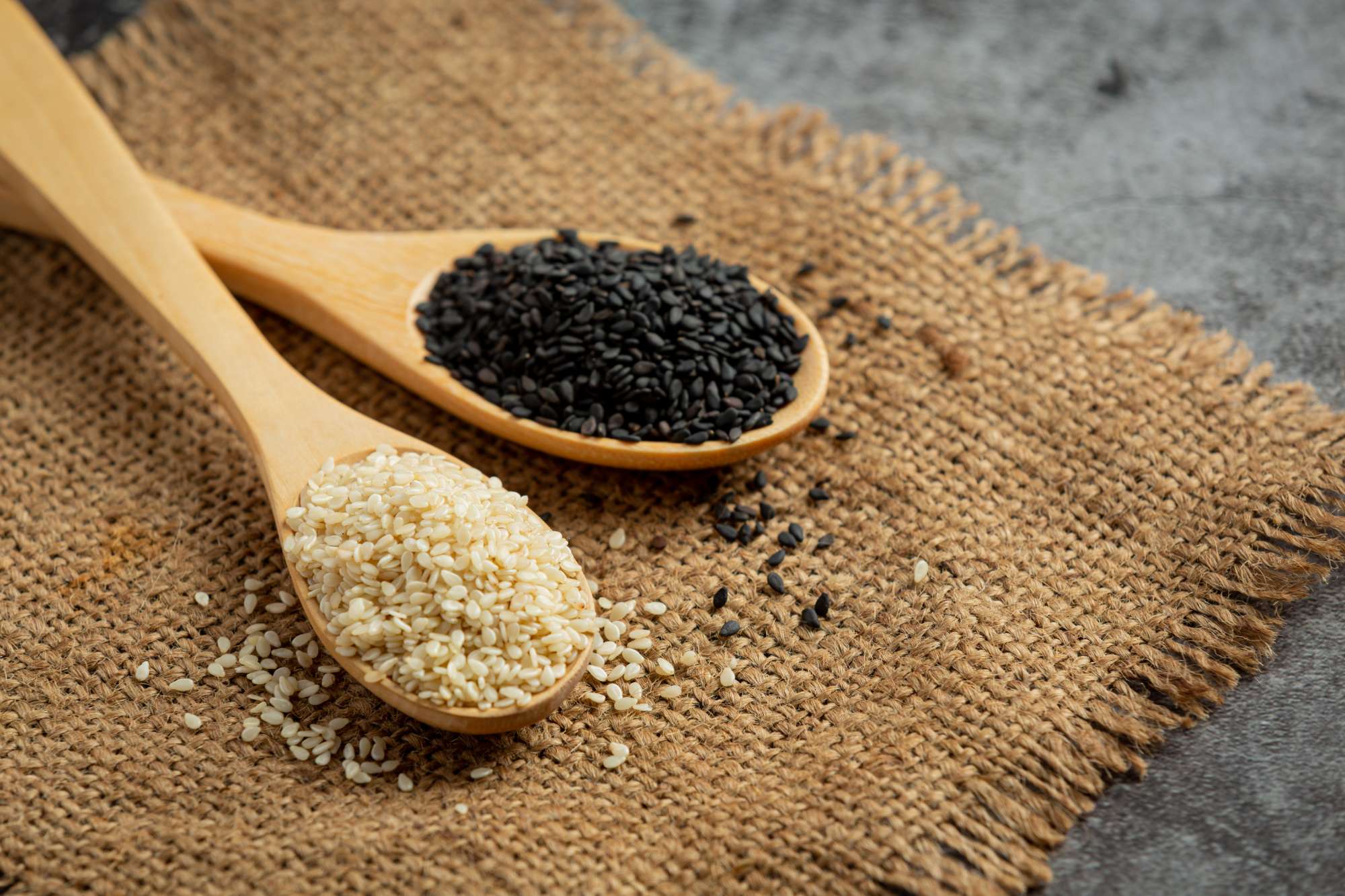
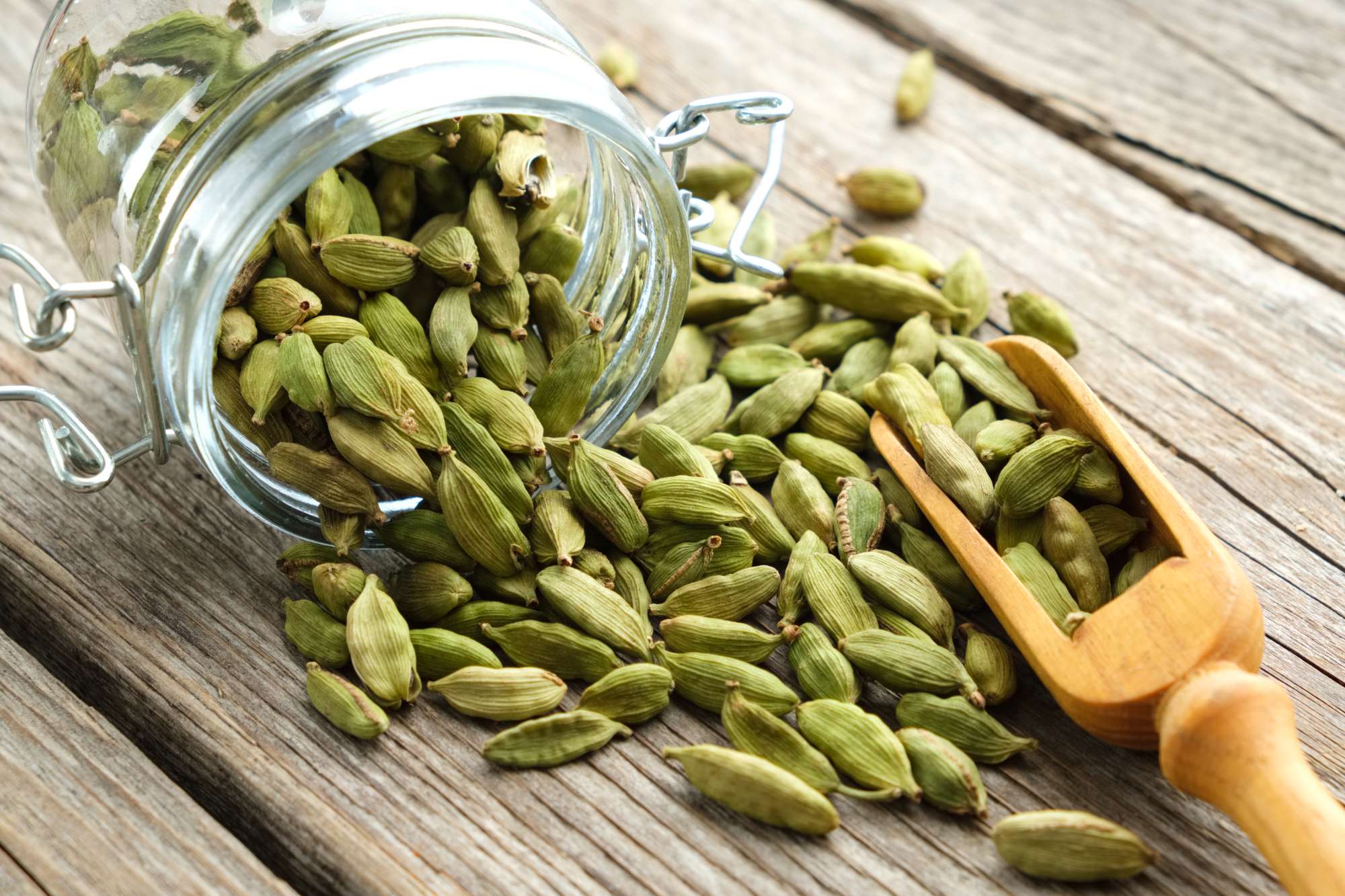
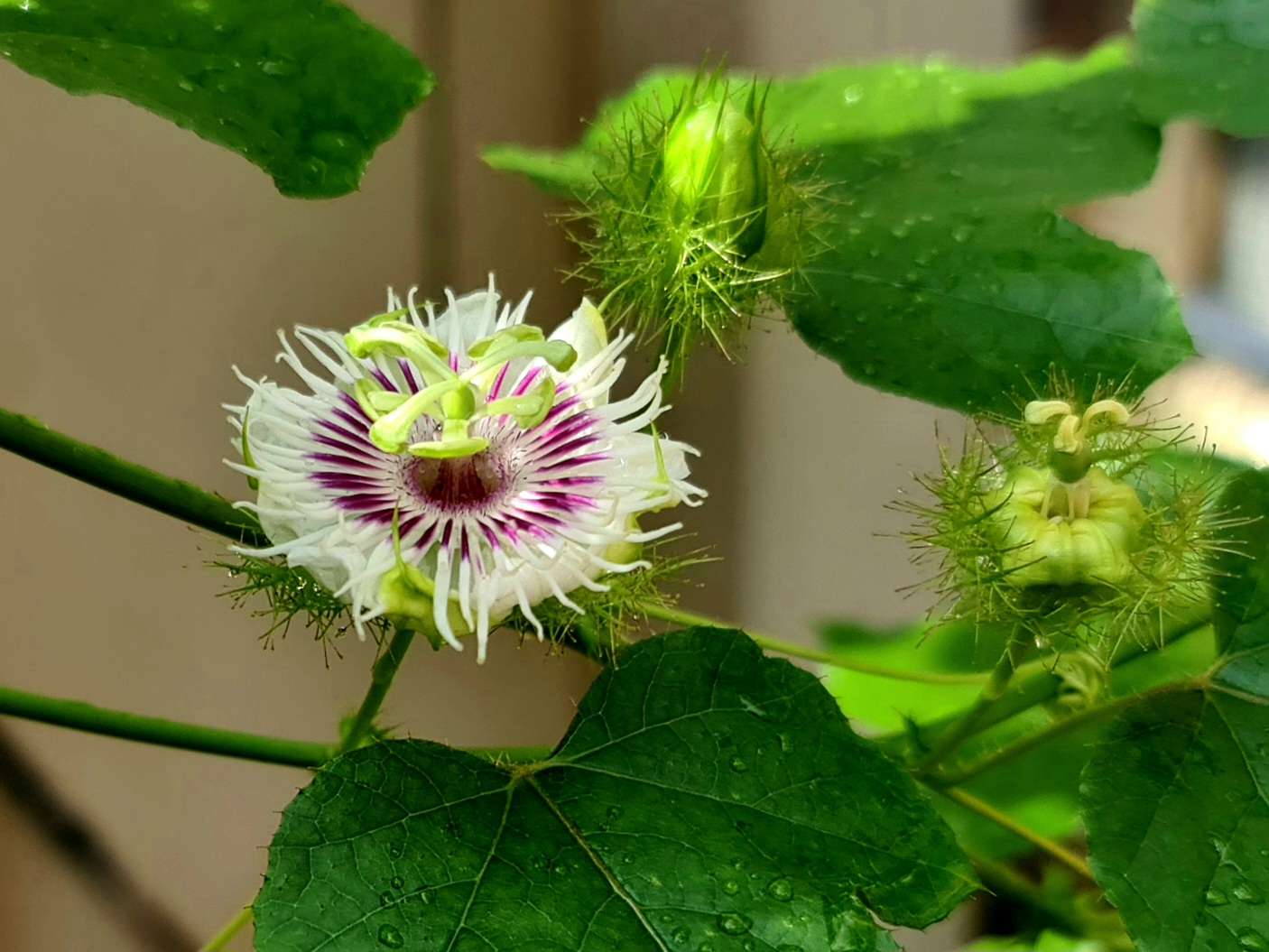
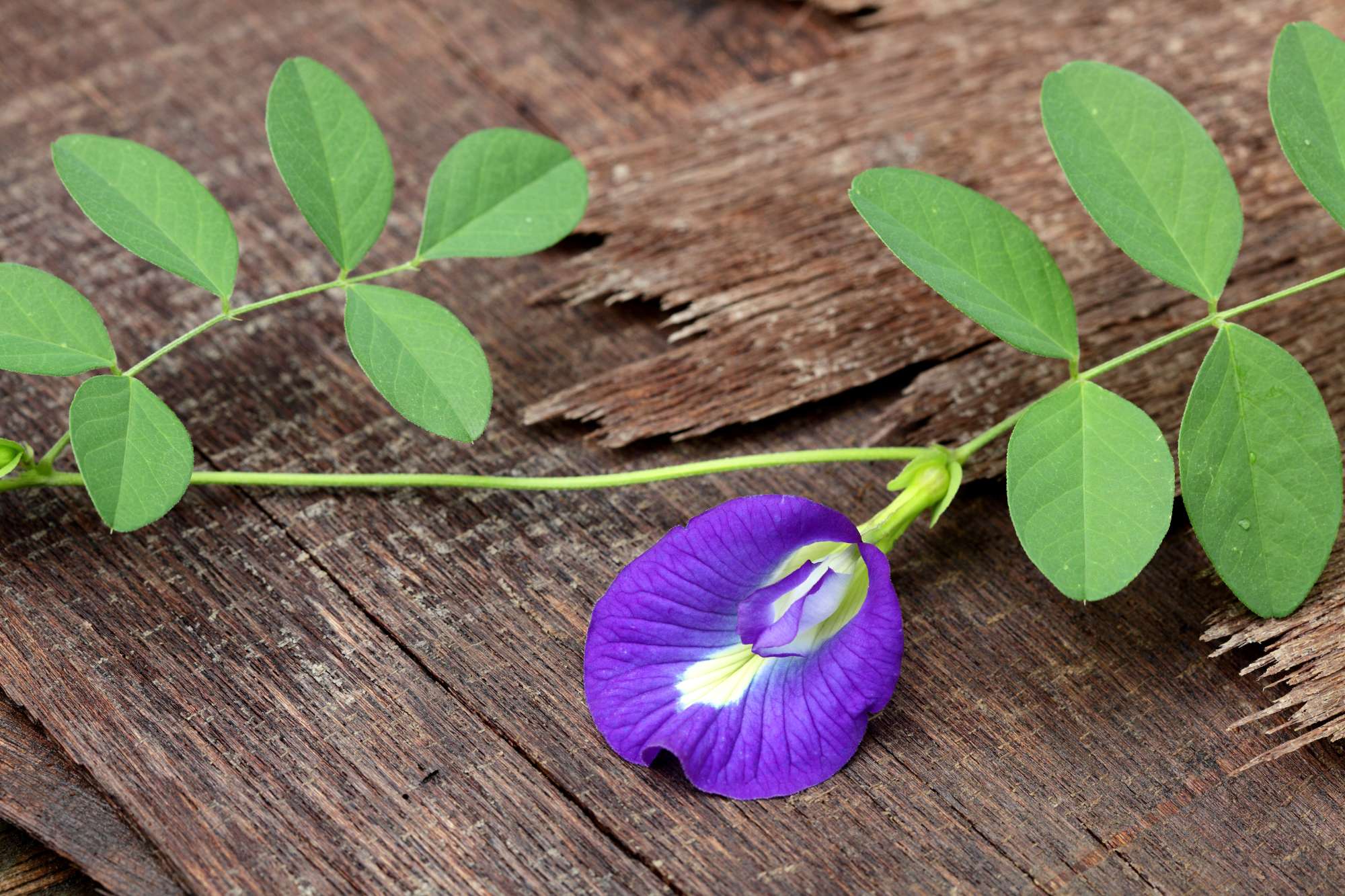
Butterfly Pea Flower and Unique Anthocyanins
Anthocyanins present in edible fruits, vegetables and flowers have protective effects against diseases, especially cardiovascular disease, certain types of cancer, and against several chronic diseases, such as hyperglycemia. Anthocyanins also improve vision. Because of their benefits, anthocyanins are becoming increasingly commercializedand used in foods. Anthocyanins are an important class of water-soluble pigments belonging to the flavonoid family
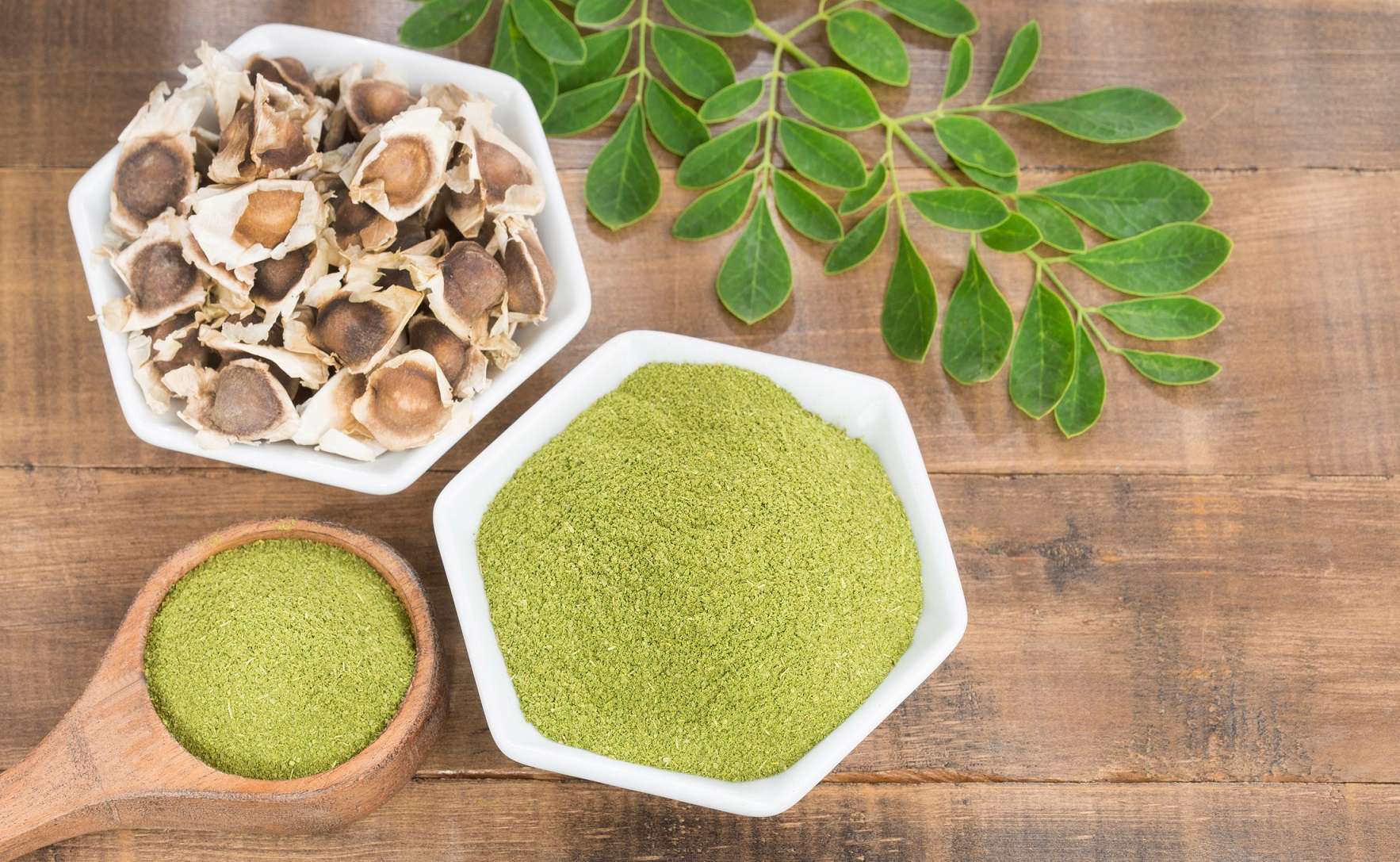
Moringa oleifera and 13 Health benefits
Moringa has many benefits and uses on health, beauty and helping to prevent and cure disease. In addition to containing vitamins, minerals, calcium and potassium, moringa contains 18 of the 20 amino acids - the building blocks of proteins found in the human body, antioxidants - flavonoids, polyphenols and ascorbic acid - fights free radicals that lead to inflammation, cell damage and oxidative stress.


Chamomile is one of the most ancient medicinal herbs known to mankind
Chamomile is one of the most ancient medicinal herbs known to mankind. The dried flowers of chamomile contain many terpenoids and flavonoids contributing to its medicinal properties. Chamomile preparations are commonly used for many human ailments such as hay fever, inflammation, muscle spasms, menstrual disorders, insomnia, ulcers, wounds, gastrointestinal disorders, rheumatic pain, and hemorrhoids. Essential oils of chamomile are used extensively in cosmetics and aromatherapy. Many different preparations of chamomile have been developed, the most popular of which is in the form of herbal tea consumed more than one million cups per day.

Artichokes loaded with nutrients
To top it off, artichokes rank among the most antioxidant-rich of all vegetables . Artichokes are low in fat while rich in fiber, vitamins, minerals, and antioxidants. It particularly high in folate (vitamin B9) and vitamins C and K, they also supply important minerals, such as magnesium, phosphorus, potassium, and iron. Artichokes are packed with powerful nutrients. Average a flower artichoke contains almost 7 grams of fiber, which is a whopping 23–28% of the reference daily intake (RDI).
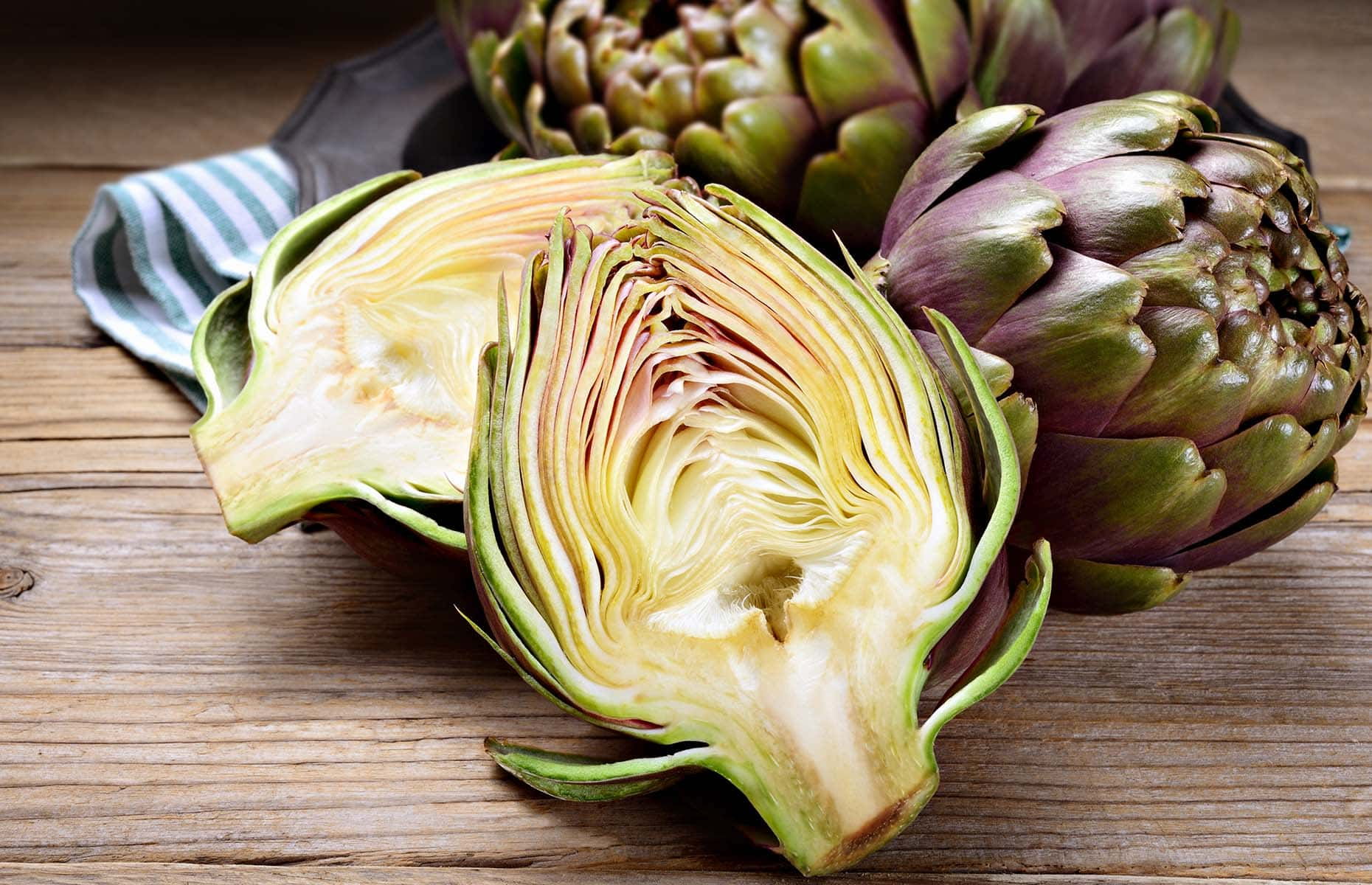
Top 7 Health Benefits of Artichokes and Artichoke Extract
Artichokes are an extremely nutritious, low-fat, high-fiber food, packed with vitamins and minerals such as vitamin C, vitamin K, vitamin B9, phosphorus, and magnesium, and are also one of the richest sources of antioxidant... brings many health benefits. Evidence is mostly limited to studies using concentrated artichoke extract. Regularly taking artichoke extract can cholesterol levels, blood pressure, liver health, IBS, indigestion, and blood sugar levels.
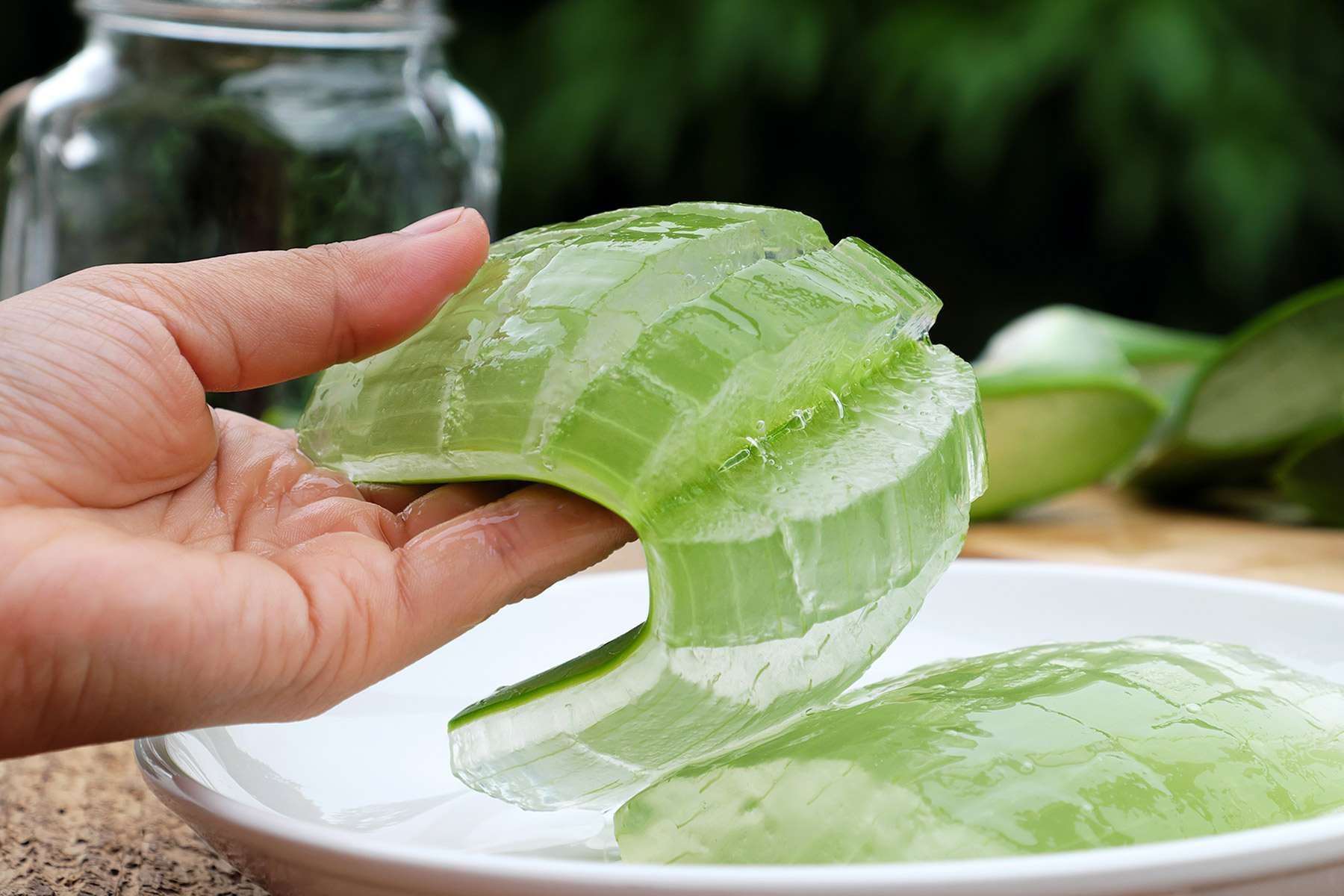

Aloe Vera, 8 health benefits and risks that you need to know
Aloe vera is classified as a food that brings many benefits to human health. It has a long history, being used for medicinal purposes since ancient Egypt, such as heartburn relief, treat canker sores or slow down the spread of breast cancer...
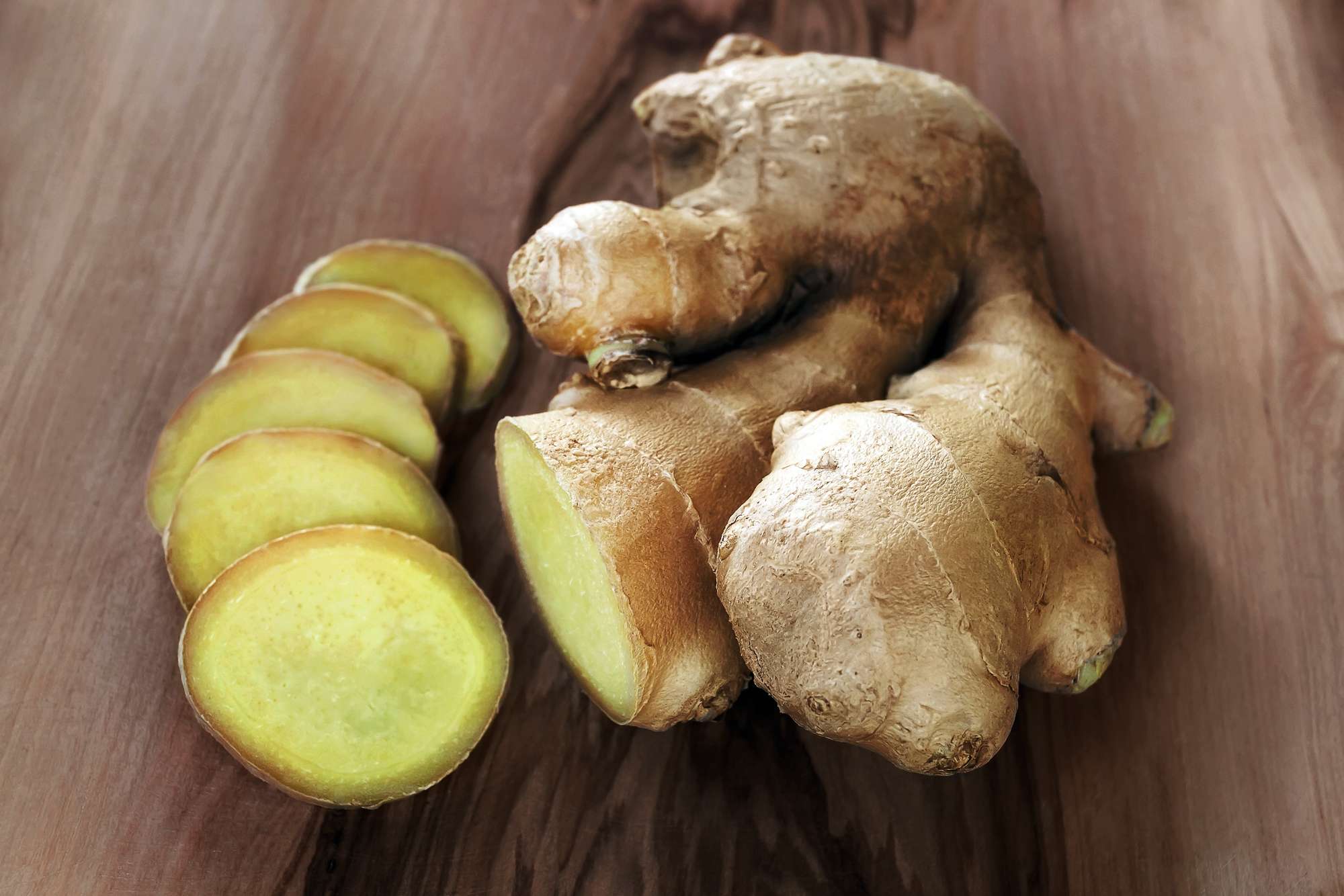
Ginger, its health benefits and side effects
According to traditional medicine, ginger is spicy and warm. It is used to aid digestion, relieve nausea, and fight colds. In addition, depending on the form of use, ginger has many different uses. In particular, Ginger is rich in gingerol, a substance with powerful anti-inflammatory and antioxidant properties.
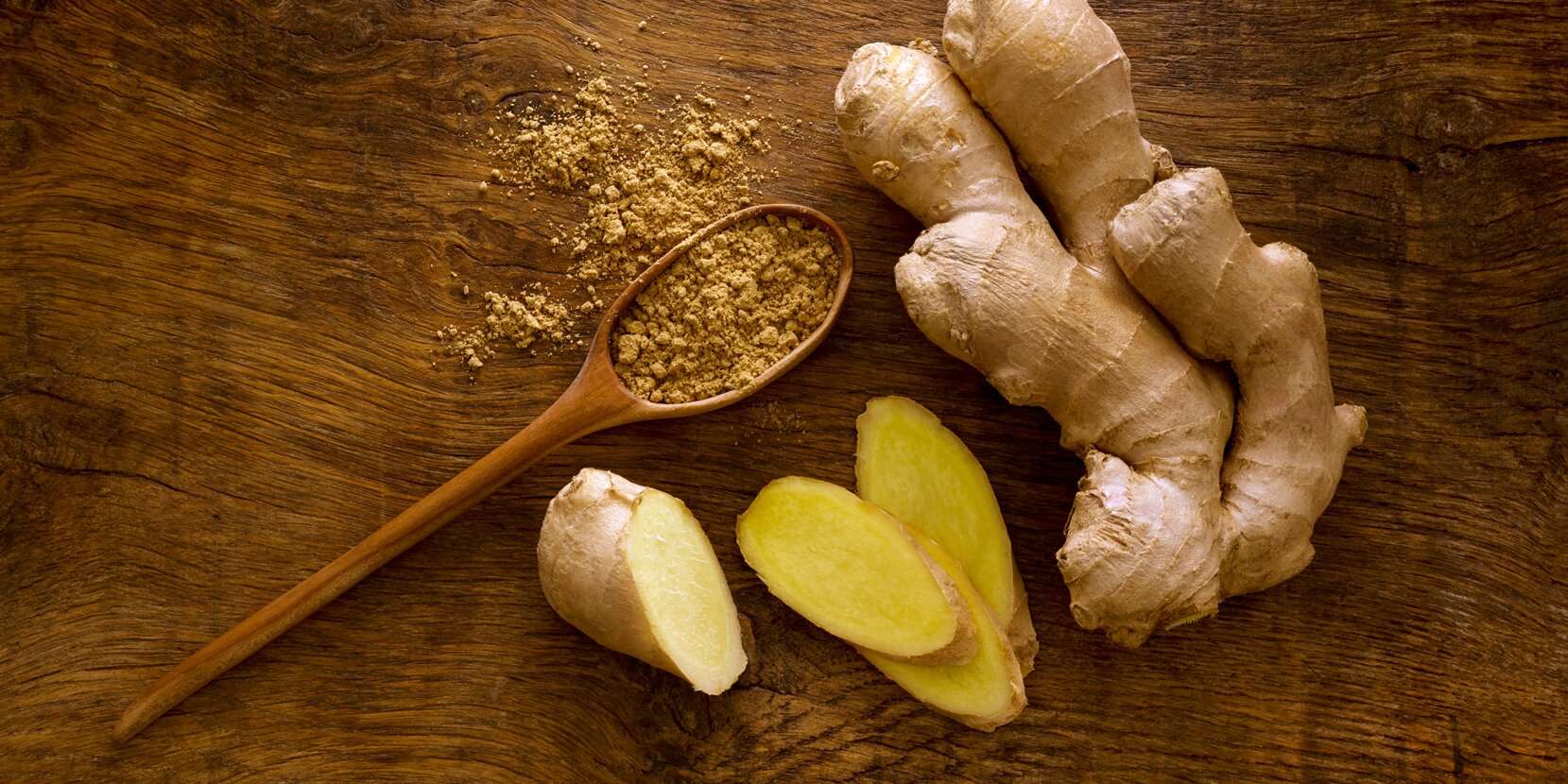
Beauty uses from Ginger
Ginger load nutrients and bioactive compounds that have a positive effect on skin and hair health. In traditional medicine, ginger has long been widely used as an alternative medicine, as well as a spice. Ginger is labeled a “superfood” due to its wide range of health benefits.
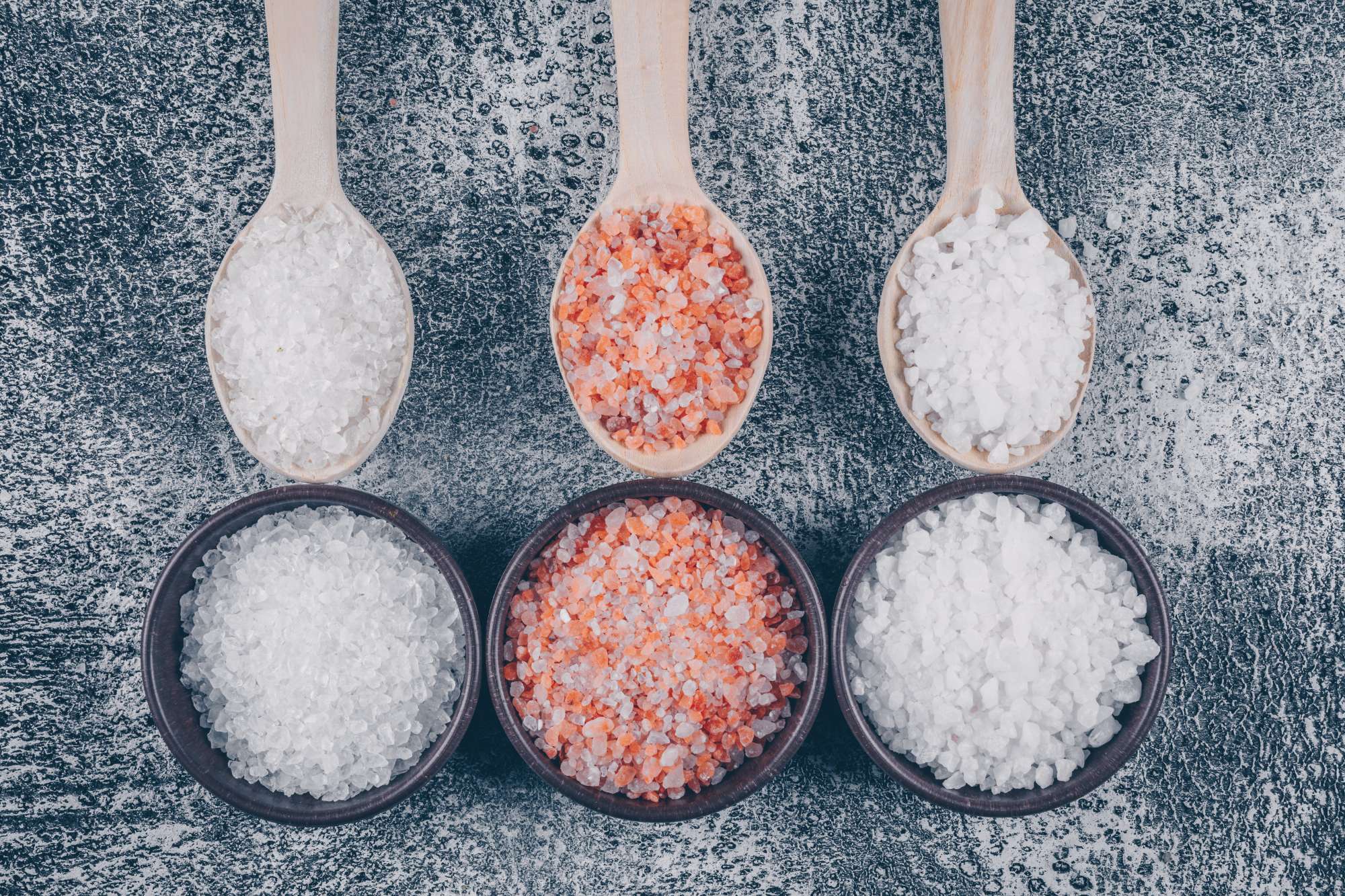
Salts
Salt is harvested from salt mines or by evaporating ocean water. All types of salt are made of sodium chloride, and the nutrient content varies minimally. Although less processed salts contain small amounts of minerals, the amount is not enough to offer substantial nutritional benefit. Different salts are chosen mainly for flavor.